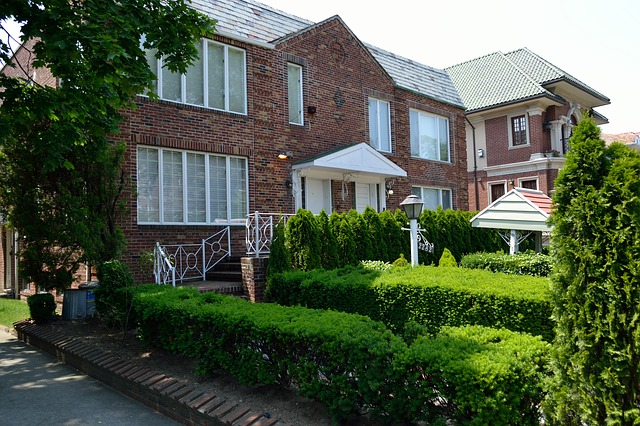Introduction
Tenant improvement allowance is a term commonly used in commercial real estate to refer to the financial contribution made by a landlord to cover the costs of improvements or alterations to a leased space. This allowance is typically negotiated between the landlord and the tenant as part of the lease agreement. In this article, we will dive deeper into the concept of tenant improvement allowance, exploring its purpose, benefits, and considerations.
Understanding Tenant Improvement Allowance
Definition: Tenant improvement allowance, often abbreviated as TIA, is a financial provision made by a landlord to assist a tenant in customizing or renovating a leased commercial space to meet their specific needs. It is essentially a budget allocated by the landlord to cover the costs of improvements, such as interior modifications, renovations, or the installation of necessary fixtures and equipment.
Purpose: The primary purpose of a tenant improvement allowance is to incentivize tenants to lease a particular space by offering financial assistance for necessary modifications. By providing this allowance, landlords can attract tenants and increase the marketability of their properties. Additionally, tenant improvement allowances can help tenants create a space that aligns with their business requirements, enhancing productivity and functionality.
Benefits for Tenants: Tenant improvement allowances offer several benefits for tenants. Firstly, they provide financial relief by covering a significant portion of the costs associated with customizing a leased space. This can be particularly advantageous for small businesses or startups with limited capital. Secondly, tenant improvement allowances allow tenants to design a space that suits their specific needs, ensuring optimal efficiency and functionality. Lastly, these allowances can increase the overall value of the lease by reducing the tenant’s out-of-pocket expenses.
Benefits for Landlords: Landlords also benefit from offering tenant improvement allowances. By providing financial assistance, landlords can attract a wider range of potential tenants, increasing the demand for their properties. This can lead to reduced vacancy periods and a more stable rental income stream. Additionally, tenant improvements can enhance the overall quality and appearance of the property, making it more appealing to future tenants.
Considerations for Tenant Improvement Allowance
Negotiation: The negotiation of tenant improvement allowances is a crucial aspect of the leasing process. Tenants should carefully assess their needs and estimate the costs associated with the desired improvements before entering into negotiations. It is essential to have a clear understanding of the terms, limitations, and conditions attached to the allowance.
Scope of Allowance: The scope of a tenant improvement allowance can vary significantly depending on the specific lease agreement. Some allowances may cover only basic cosmetic changes, while others may include more extensive renovations. It is important for tenants to clarify the specific items or improvements that are eligible for reimbursement under the allowance.
Cost Limitations: Tenant improvement allowances often come with cost limitations. Landlords may cap the amount they are willing to contribute or set a maximum dollar amount per square foot. Tenants should carefully consider these limitations and ensure that the allowance is sufficient to cover their desired improvements.
Repayment and Recapture: In some cases, landlords may require tenants to repay a portion of the tenant improvement allowance if they terminate the lease early or fail to fulfill certain obligations. This repayment obligation is typically prorated over the remaining lease term. Additionally, landlords may include recapture provisions that allow them to recoup a portion of the allowance if the tenant vacates the premises before a specified period.
Conclusion
Tenant improvement allowance plays a significant role in commercial real estate leasing, benefiting both landlords and tenants. It provides financial assistance to tenants, allowing them to customize their leased space to meet their specific needs. For landlords, offering tenant improvement allowances can attract a wider range of potential tenants and enhance the marketability of their properties. However, careful negotiation and consideration of the terms and conditions are essential to ensure that the allowance adequately covers the desired improvements and aligns with the tenant’s long-term goals.
References
– www.reoptimizer.com
– www.thebalance.com
– www.bdc.ca












